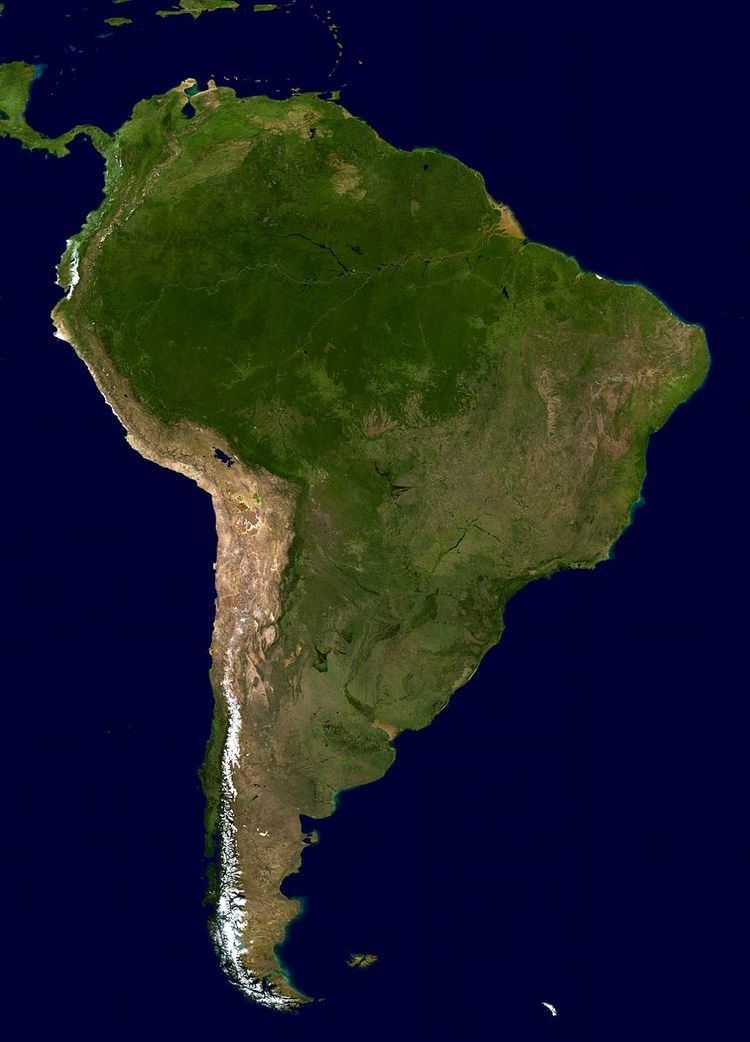 | ||
An orocline — from the Greek words for "mountain" and "to bend" — is a bend or curvature of an orogeneic (mountain building) belt imposed after it was formed. The term was introduced by S. Warren Carey in 1955 in a paper setting forth how complex shapes of various orogenic belts could be explained by actual bending, and that understanding this provided "the key to understanding the evolution of the continents". Carey showed that in a dozen cases where such bends were undone the results were substantially identical with continental reconstructions deduced by other means. Recognition of oroclinal bending provided strong support to the subsequent theory of plate tectonics.
List of oroclines
References
Orocline Wikipedia(Text) CC BY-SA
